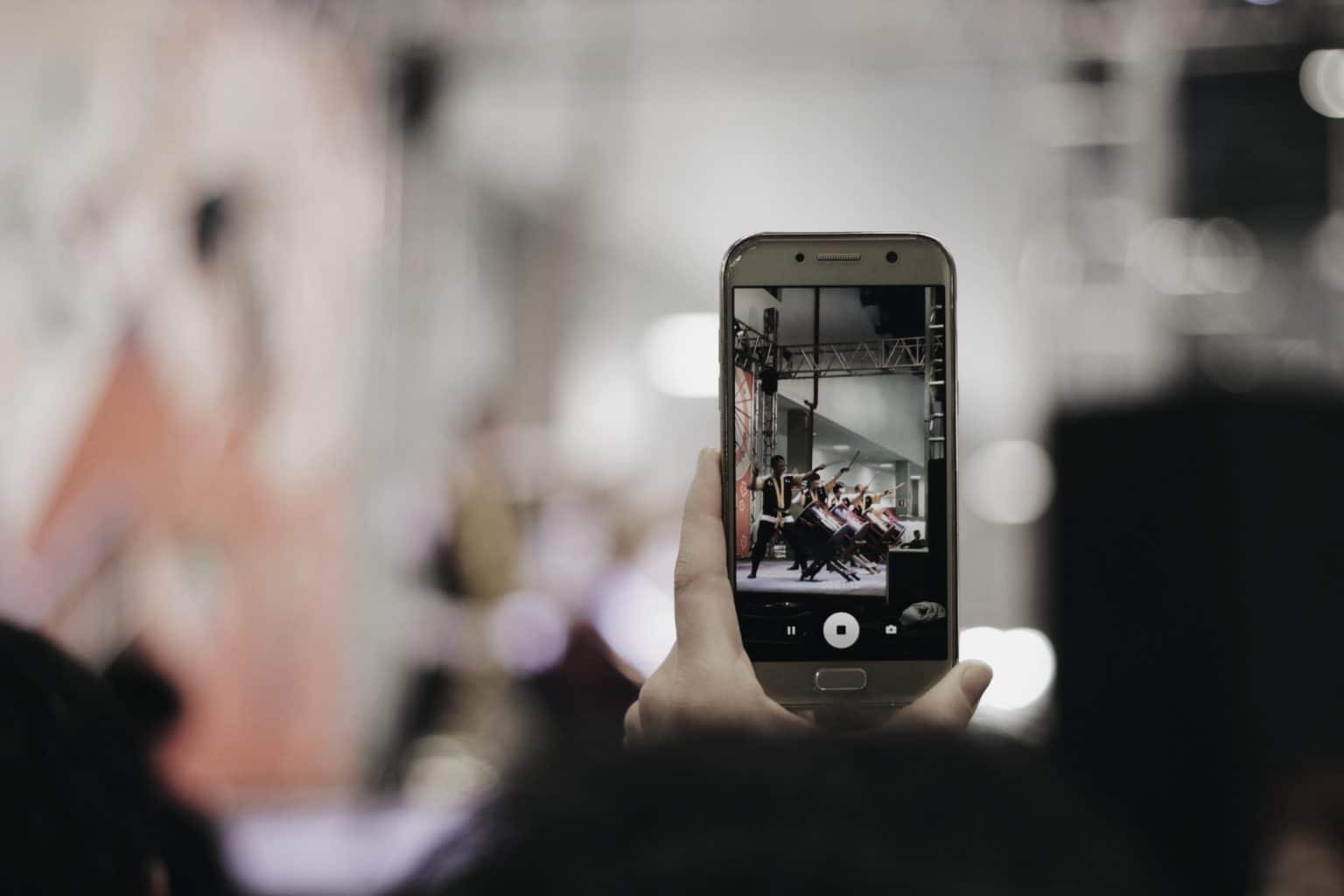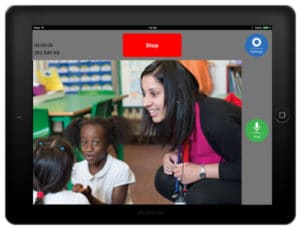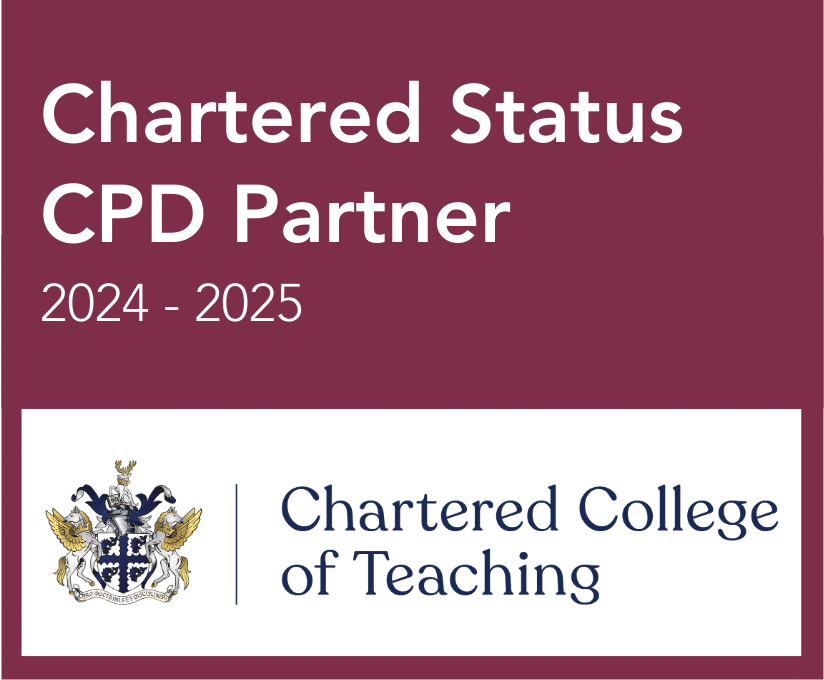The technology that’s improving trainee teacher education
Video-Supported Education Alliance (ViSuAL)
How can universities and other higher education institutions help trainee teachers to better navigate the turbulent, knowledge-intensive and ever-changing entrepreneurial work-life of a teacher? This is the question that the Video-Supported Education Alliance (ViSuAL) – an alliance of 6 higher education institutions for teacher education and 6 educational technology designers across Europe – have set out to answer.
From YouTube and vlogging to Instagram and Facebook, communication via video has exploded in recent years. Both grown-ups and young adults are using it more and more in their daily working life, proving that we are indeed visual, observational and social learners.
ViSuAL believes the solution to better trainee teacher education lies in using this 21st-century phenomenon to better equip trainees. In their own independent research they discovered that:
“The potential of video-supported learning has not been opened in teacher education. Education and companies alike lack pedagogical models and structures to promote learning from and with videos.”
They argue that video is an excellent tool when combined with collaborative learning because it develops students’ critical thinking and problem-solving skills which are important for the development of entrepreneurial skills and aptitudes. It also effectively bridges the existing gap between learning and practice.

ViSuAL’s vision
ViSuAL aims to create an evidence-based pedagogical model for video-supported collaborative learning that can be rolled out to all higher education institutions. In order to do this, they’ve set up experiments within universities across Europe where student teachers use a combination of video-based e-learning and video supported collaboration tools to observe, reflect, analyse and share their experiences.
Here’s a quick summary of the results of 3 (out of 12) experiments using IRIS Connect.
Teaching kantele (a Finnish national instrument) at JAMK University of Applied Sciences
Description
This experiment involves recording sessions on how to teach and play the kantele, a Finnish national instrument. The aim was to explore how video observations support collaborative learning in music teaching. There’s only a small number of BSc-students nationwide which makes teaching this instrument tricky from a resources perspective. The participants in the experiment were one music teacher (the experimenter); two music Bachelor students from JAMK and one music Bachelor student from Tampere University of Applied Sciences (TAMK).
The Bachelor students participating in the teacher diploma training were videoing their kantele lessons twice a month. The recordings were then shared with the teachers and peers for their analysis and discussion.
Findings
Video observations in music education provided an opportunity for time and place independent collaboration.
The experimenter already had a positive attitude to using video and has found that the use of video has updated her knowledge and skills to meet the demands of today’s pedagogy. It’s also helped her to initiate discussions with her colleagues about how to use videos to enhance teaching practice.
The students are acting as both learners and peer assessors throughout this experiment, sharing the knowledge, experience and learning materials with each other. The use of video is helping them to remember better, and to see and analyse themselves from the perspective of another person. Consequently, the experimenter has noted that the students are designing and planning the lessons far more precisely than before.
IRIS Connect proved to be particularly beneficial for the possibility to record with dual view cameras and to attach all the learning materials, including lesson plans and the music notes, to the relevant recordings.
Experience of distance learning in spring 2020
In spring 2020 pandemic restrictions suddenly changed all face-to-face music lessons to distance learning mode.
Using IRIS Connect within the ViSuAL project provided a good base to cope with distance learning. During the experiment, the use of video had become a natural part of teaching, so the threshold was not so high when it came to switching to distance learning. The student teachers’ technology skills were by then strong; the remote video lessons were successful as it allowed them to share ideas and develop innovative problem solving skills with the new challenges.
The findings of this experiment suggested further use of video technology as part of music students teacher diploma training.
Reflecting on development and collaborative learning at AERES University of Applied Sciences
Description
Student teachers are reflecting on their development and collaborative learning during their study in this experiment. Whilst teaching at secondary schools for vocational training, they’re filming parts of their lessons and then reflecting on their teaching via IRIS Connect.
Findings
In the report, the experimenter of this study mentions that by using videos, she is increasing the competence of her students. She feels that she is helping her students more now by enabling them to do more frequent and better quality reflections. The experimenter is convinced that the students are now more aware of what they’re doing while teaching and they can relate it better to the theory. She’s also finding that the feedback from students about using IRIS Connect is very motivating for her. She expresses her surprise about how confident the students are in using videos in their lessons and their requests to use it more often and in different ways moving forward.
Feedback from students
Student teachers found IRIS Connect easy to use and they felt more guided in their practice by being able to reflect on their own teaching, recorded at the college, and to receive peer feedback.
“The most important learning from this experiment was to be able to see a situation objectively”.
“IRIS Connect is very intuitive and easy to use; even if you don’t have experience with computers or video editing. Everything is well laid out.”
Linking theory and practice at the University of TARTU
Description
This experiment is taking place as part of a teacher education practice course that aims to link theoretical studies with practical experiences at schools to develop student teachers’ reflection skills. The student teachers are already working as teachers and carrying out this practice course based on their own work. The developed learning environment aims to create opportunities for teachers to reflect collaboratively and thereby support each other’s reflections.
The experiment involved filming student teacher lessons conducted at schools, as well as micro teaching lessons at the university.
In March 2020, contact teaching suspended and switched to distance learning due to the Covid-19 pandemic. Students conducted online lessons via Zoom, which were recorded and uploaded onto IRIS Connect, where their peers provided feedback.
Findings
As a result of this experiment so far, the experimenter feels even more confident that videos need to be used to make future teachers more daring. She feels that the recordings show authentic situations, give diversity to students’ studies and increase teachers’ confidence to teach.
Feedback from students
The students are enjoying observing themselves and others on video. They’re finding it very useful because IRIS Connect allows them to experience other teachers’ lessons and has taught them how to reflect effectively. They’ve pointed out that the comments they receive about their lessons are relevant and they learn a great deal from the feedback given by their fellow students.
The things they like the most about the use of IRIS Connect are:
- easy to use
- simple and logical
- a good way to give feedback and comments
- videos are accessible whenever and wherever
- can easily rewind and re-watch
Summary
What’s clear from the report on the experiments so far is the versatile ways that IRIS Connect can be used to maximise resources and opportunities for analysis, reflection and collaboration for both teachers and trainees. Also, how easy and intuitive experimenters and students found the technology to use. Technical problems were mentioned in only one experiment and were quickly resolved.
The use of IRIS Connect has given students:
- The possibility to watch and rewatch lessons and be able to observe, discuss and notice things that they could not experience without using videos
- Opportunities to experience more lessons or lessons that they couldn’t normally access, thus overcoming time and distance barriers
- A chance to see and analyse themselves and their practice from different perspectives
- Opportunities to increase their teaching competencies through more frequent and better quality reflections
- More relevant and timely feedback and support from peers and tutors
- The possibility to create and share a bank of resources – video examples of real practice to be used for collaborative reflection and knowledge building
- The potential for wider collaboration in future, within and across countries
For more information about the Video-Supported Education Alliance (ViSuAL) project, visit their website.
Find out more:

Teachers can take control and arrange their own professional learning experiences and resources. As well as share easily with each other to make collaboration simple, organised and effective.


